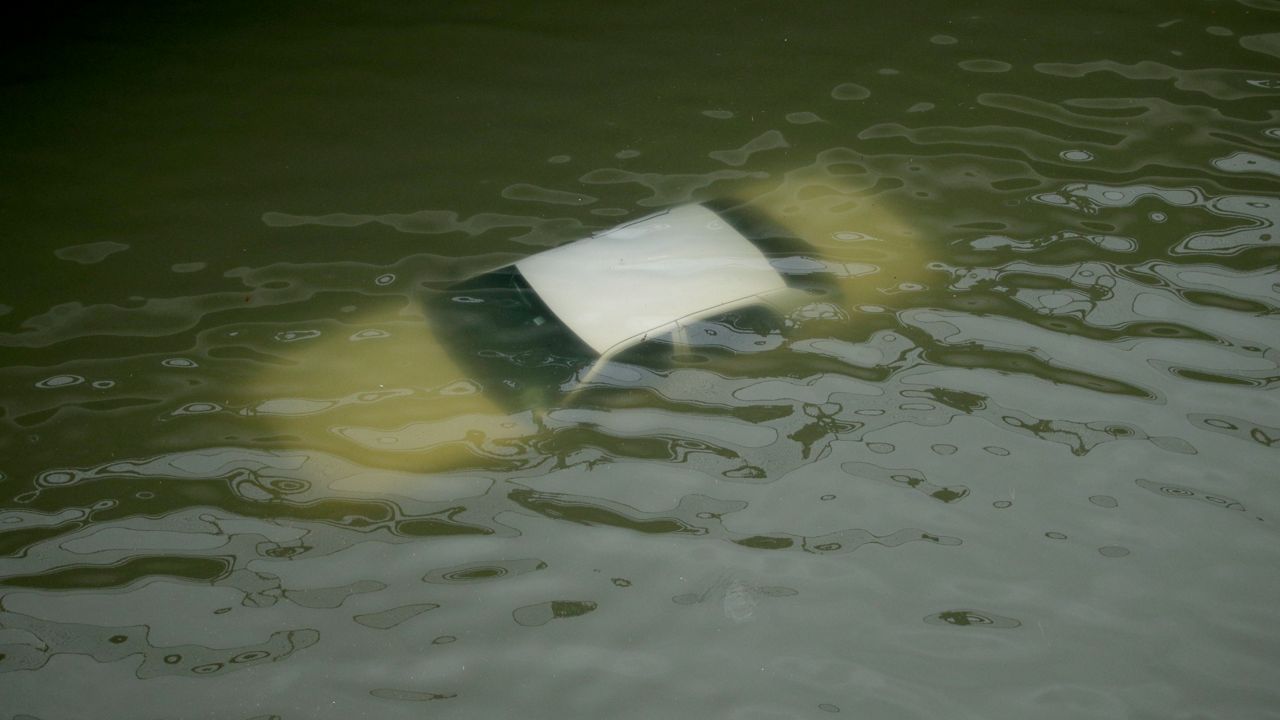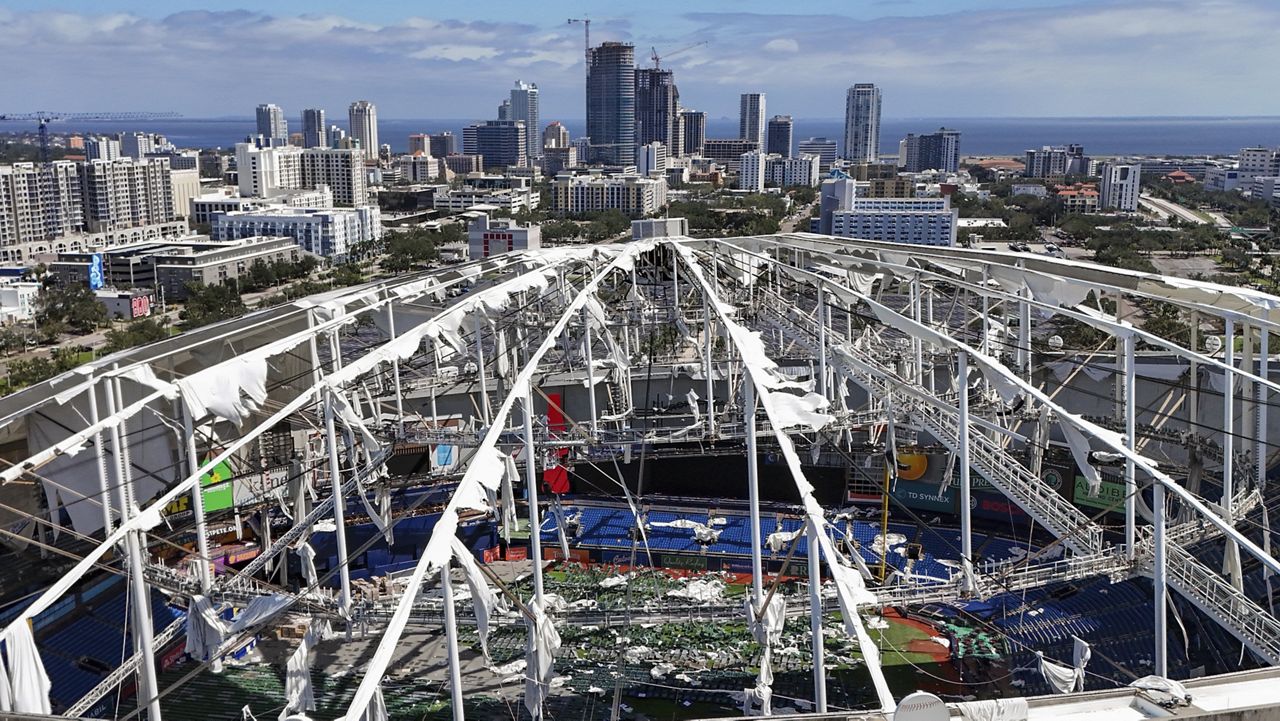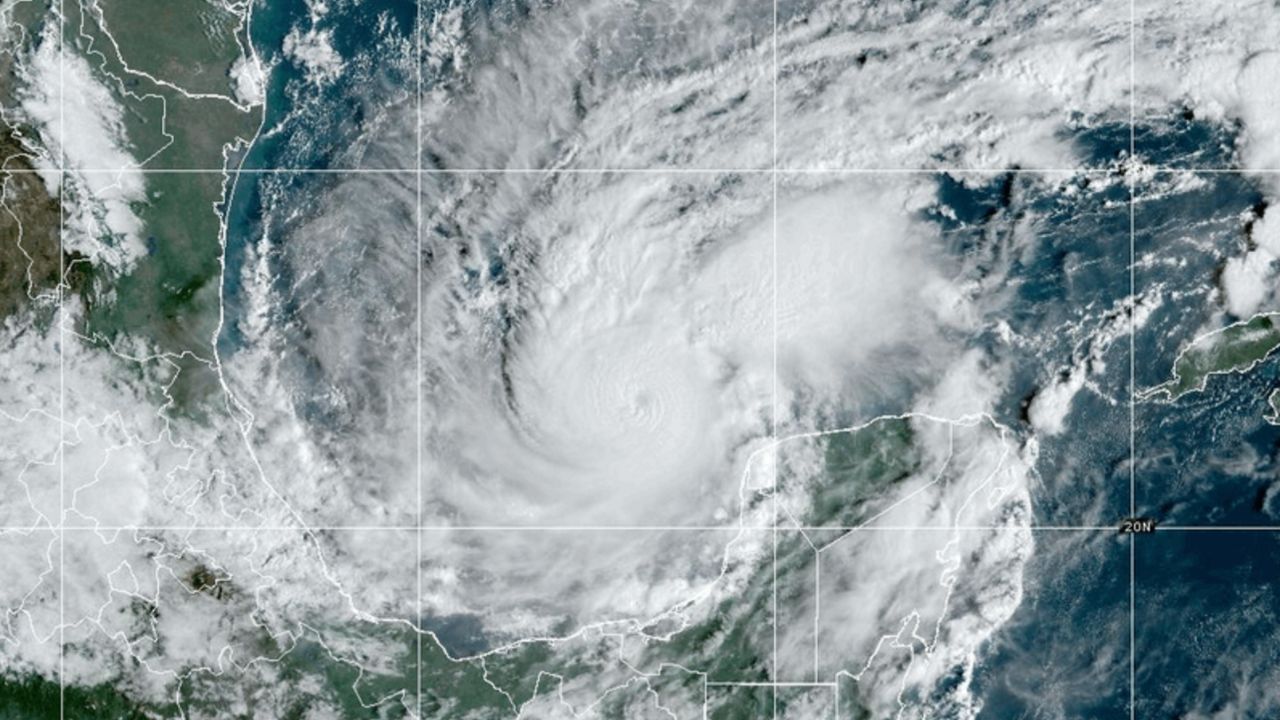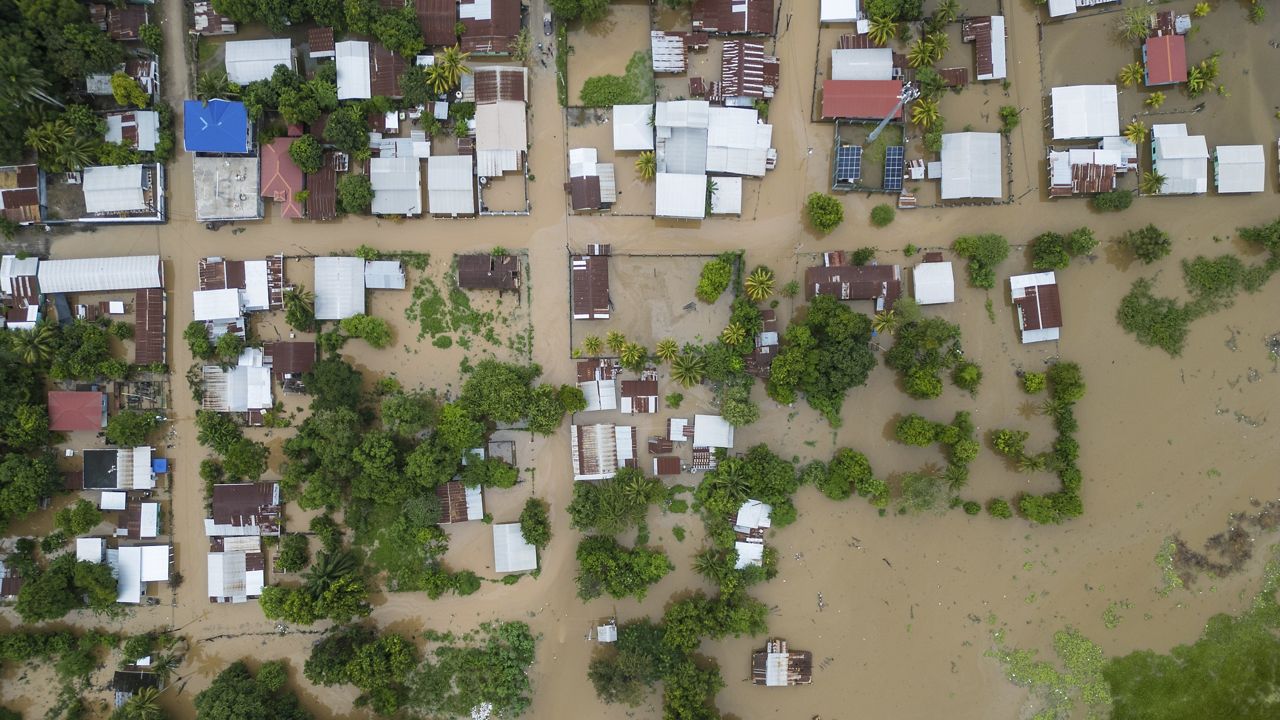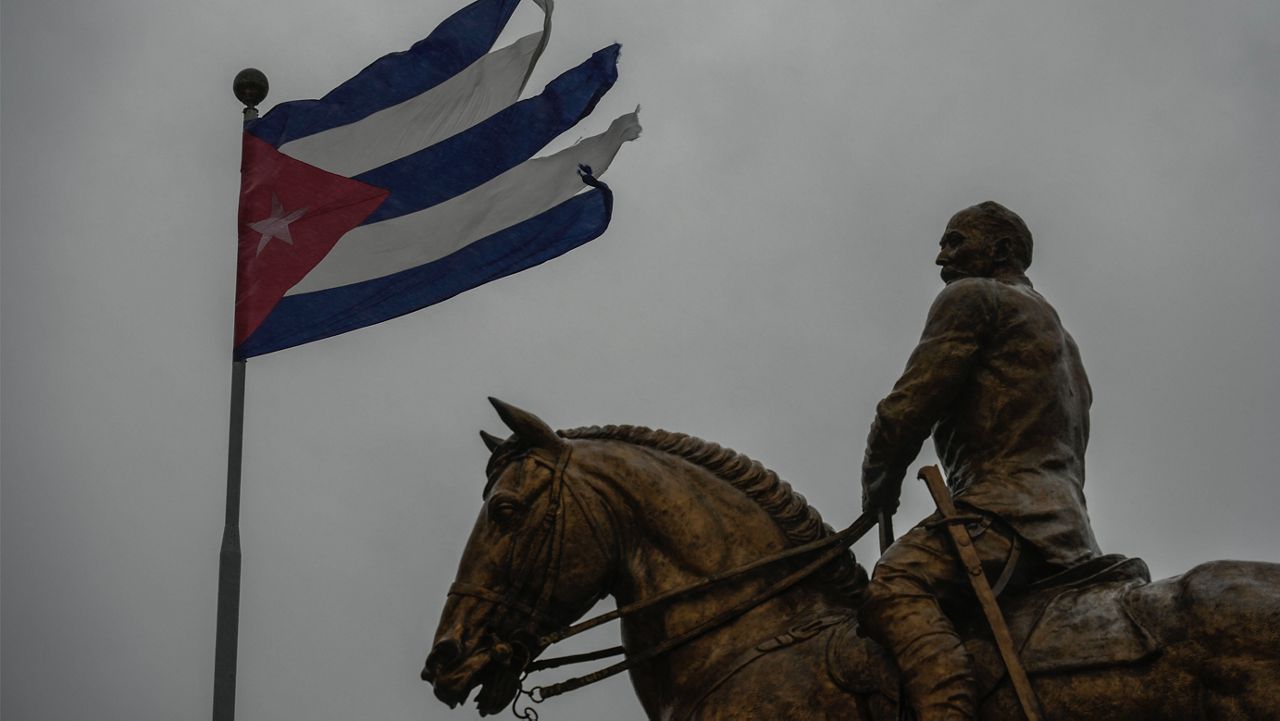This week marks the five-year anniversary of Hurricane Harvey and 30-year anniversary of Hurricane Andrew.
Both hurricanes were historic in their own ways. Harvey's devastation came from rain, while Andrew's was wind.
Harvey was a weak disturbance for about a week as it traveled the Atlantic and Caribbean, but roared to life after entering the Gulf of Mexico. It rapidly intensified from a low-end tropical storm to a Category 4 hurricane in just 48 hours.
Harvey made landfall on Aug. 25, 2017, at about 10 p.m. It was the first hurricane landfall on the Texas coast since Ike in 2008, and the first Category 4 landfall on the Texas coast since 1961’s Carla. The highest storm surge topped out over 10 feet above ground level.
Those facts alone would have made Harvey a historic storm, but it’s remembered for epic rainfall and flooding. Signs pointed to Harvey stalling and dropping incredible amounts of rain, and that’s exactly what happened.
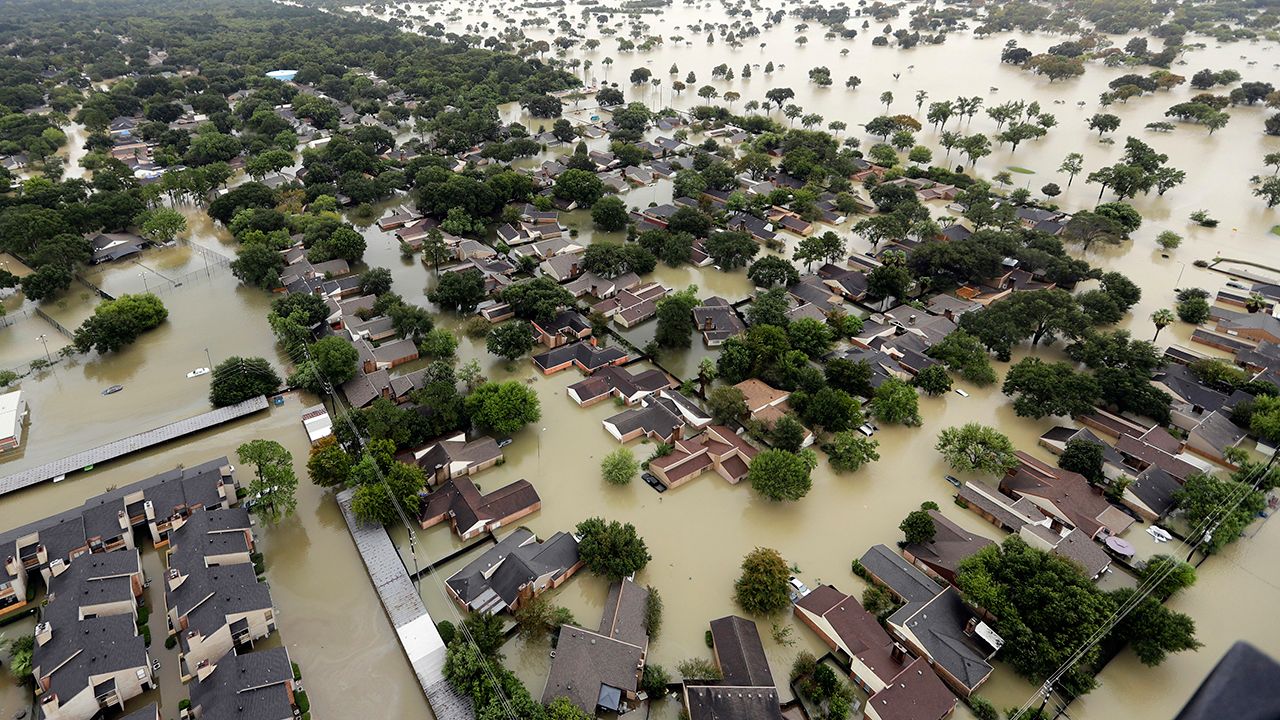
More than 40 inches of rain fell in just a couple of days, with a couple of reports hitting an astounding 60 inches–that’s five feet of rain–making it the wettest tropical cyclone on record in the U.S. Radar data suggest unreported amounts may have been as high as 65 to 70 inches.
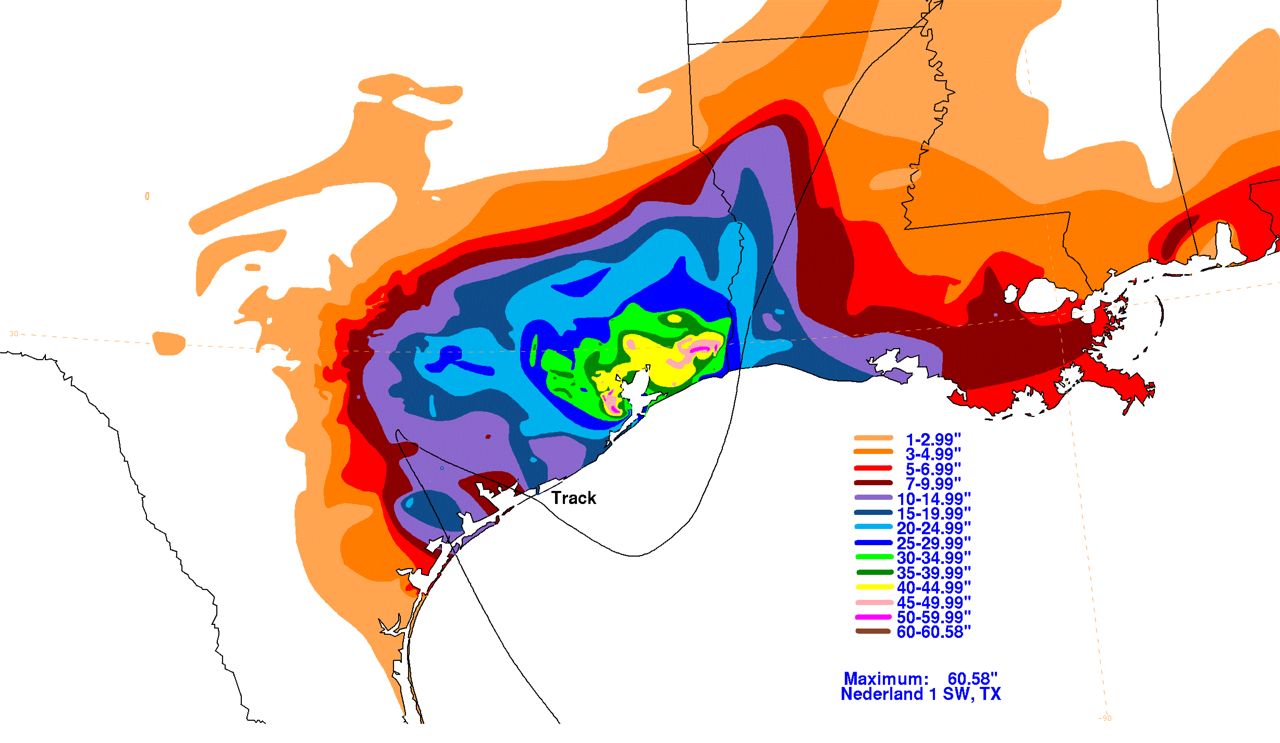
Harvey directly caused 68 deaths in Texas; 65 of those were from rain-related flooding. Remarkably, the storm surge didn’t cause any fatalities. This was the deadliest Texas hurricane since 1919.
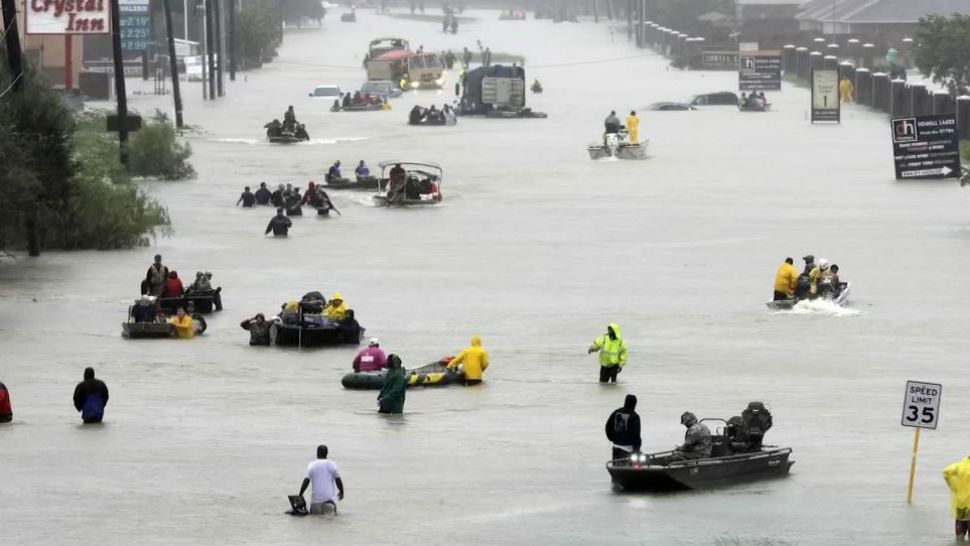
1992 had a below-average number of Atlantic storms, but it’s a prime example of why that isn’t everything; it only takes one. That year, it was Hurricane Andrew. It got its name on Aug. 17, 1992, and strengthened to a hurricane after five days. Just 30 hours later, it was at Category 5 intensity.
Its peak winds were 175 mph as it hit the northern Bahamas on Aug. 23. During the early morning of Aug. 24, Andrew slammed into Florida south of Miami with top sustained winds of 165 mph. This was one of just three Category 5 landfalls in the U.S. in the 20th century, an upgrade it received 10 years after striking.
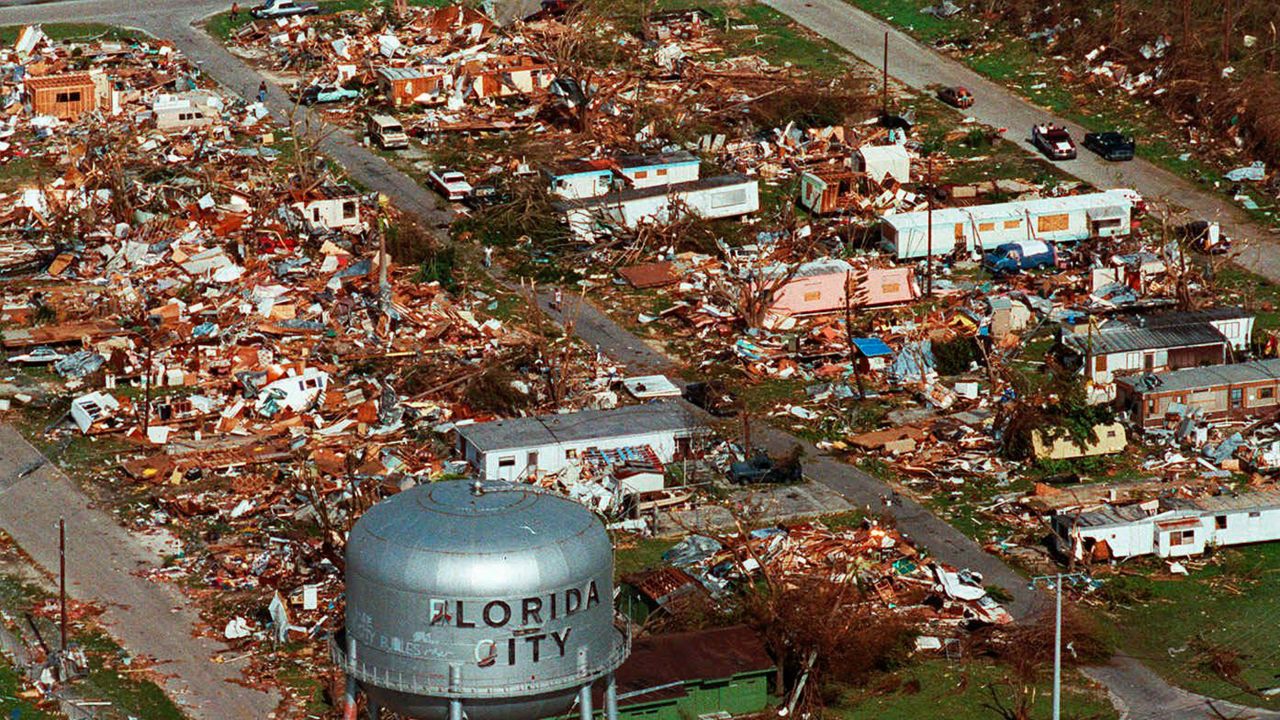
Andrew caused 26 deaths directly, including 15 in South Florida.
It was the most expensive natural disaster in U.S. history until Hurricane Katrina in 2005. Andrew’s estimated damages were $26 billion. Southern Dade County lost the most homes, with 49,000 destroyed and 108,000 damaged.
The hurricane destroyed nearly every single mobile home in Homestead, more than one thousand homes.
Bay News 9 chief meteorologist Mike Clay worked in Texas at the time, but still covered the storm. “The thing I remember was when the short statement from [the National Hurricane Center]… that said the Miami radar (on their roof) had been destroyed. We were all like, ‘oh no, this is bad.’”
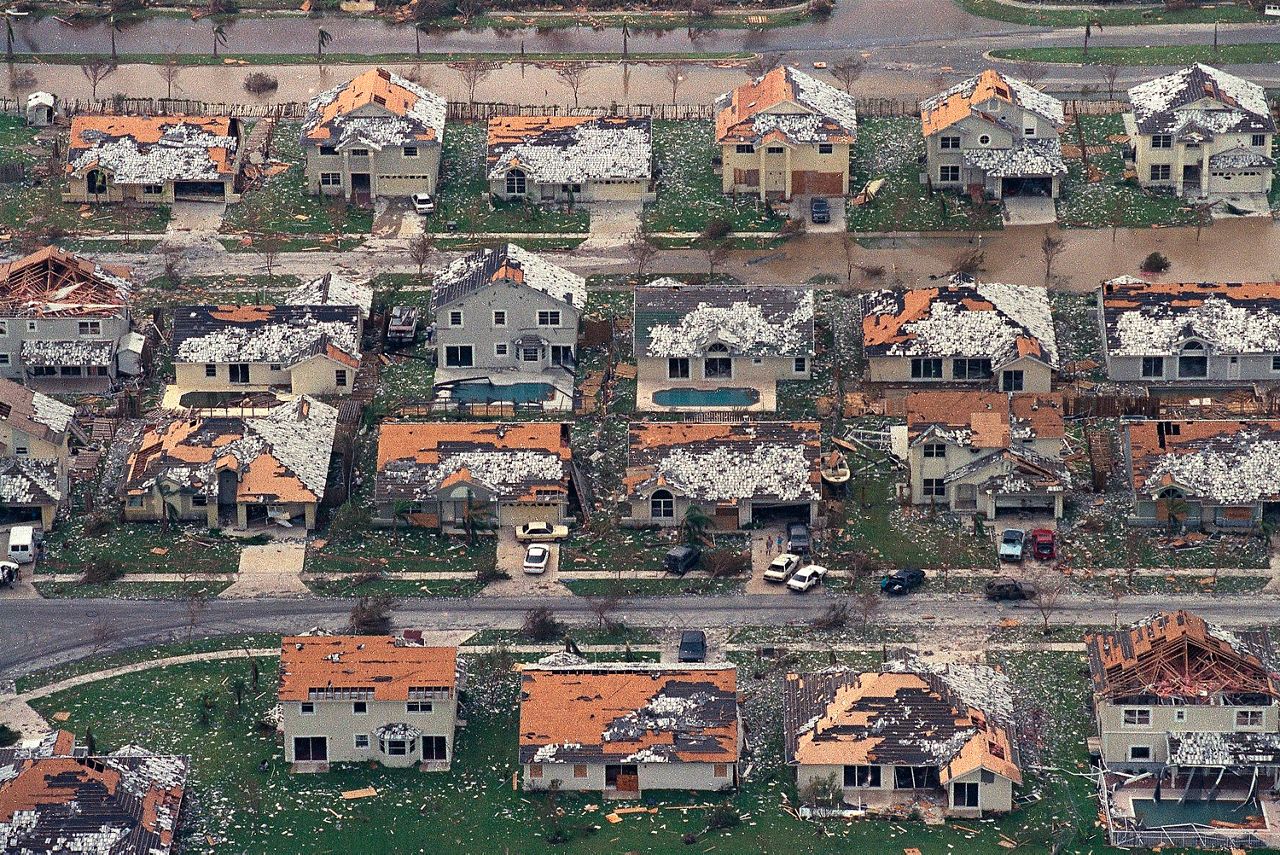
He feels that the biggest change in Florida after Andrew was to the building codes. He adds that, even though it made things more expensive, it also made them safer and points to the relatively low direct death tolls in the state from Charley and Michael: nine and seven, respectively.
Our team of meteorologists dives deep into the science of weather and breaks down timely weather data and information. To view more weather and climate stories, check out our weather blogs section.
Justin Gehrts - Senior Weather Producer
Justin Gehrts is a senior weather producer for Spectrum News. He has well over a decade of experience forecasting and communicating weather information. Gehrts began his career in 2008 and has been recognized as a Certified Broadcast Meteorologist by the American Meteorological Society since 2010.




